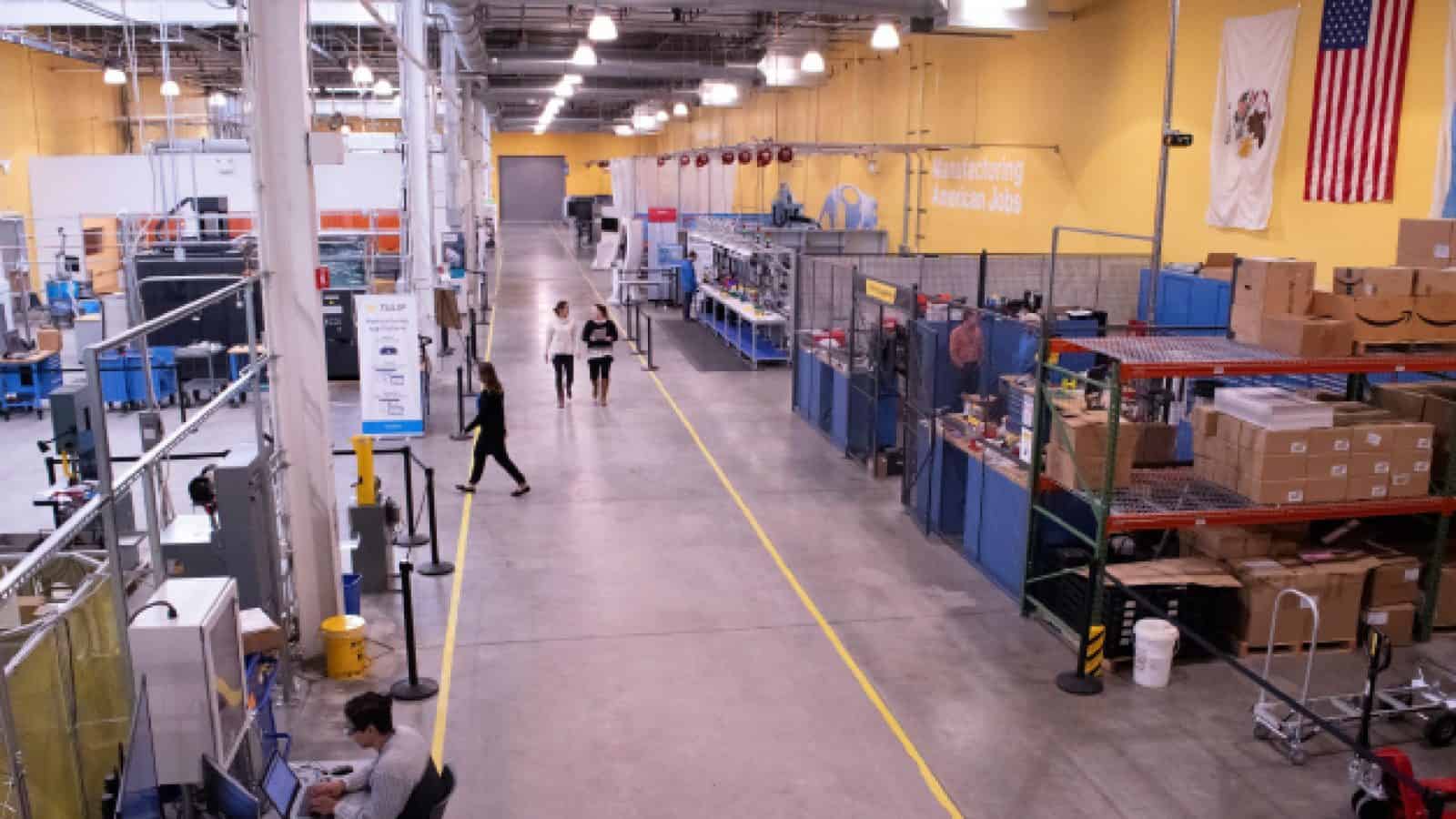Dialogue: Finding the Human Edge in Manufacturing AI
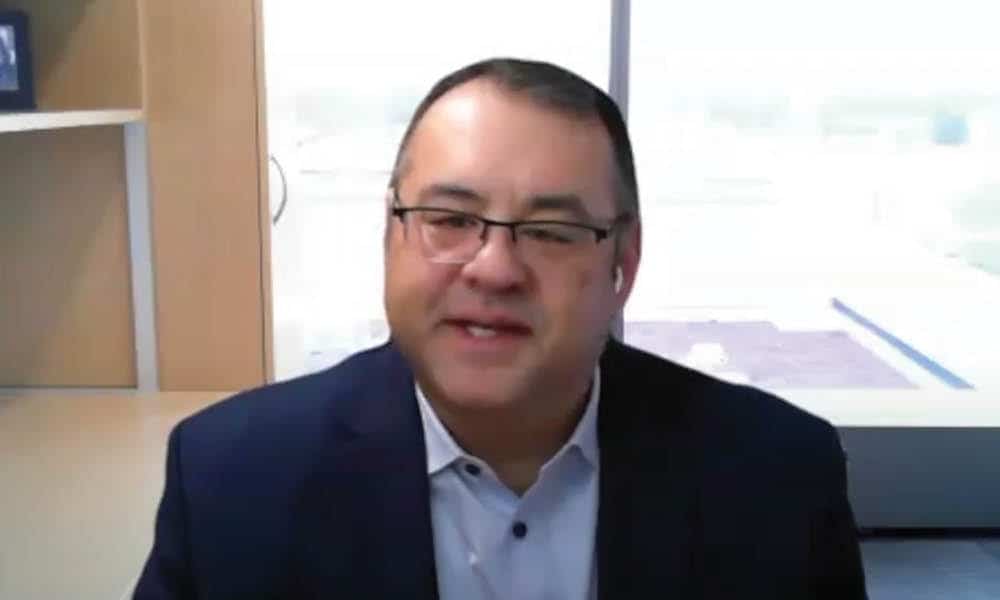
Dow’s Tim O’Neal shares how data, AI, and intentional talent placement drive operational excellence
Penelope Brown, MLC: Well, hello, everybody, and thank you for joining us for the February 2025 edition of Executive Dialogue, and today we are super excited to be talking to Tim O’Neal of Dow. He is their Global Director of Operational Excellence and Leveraged Services, and he is also one of the Manufacturing Leadership Council’s newer members of our Board of Governors. We’re really excited to have him on board and to get to know him a little bit today. So, Tim, thank you for joining us.
Tim O’Neal, Dow: Thank you for having me. I appreciate the time to talk.
PB: Let’s talk a little bit about you. Get to know you a little bit. I know you’ve been with Dow, you know, for a while. What’s your career evolution been like there? And what’s your current role? What does that entail?
TO: I’ve been with Dow 28 years. It’s going on a quick 29 years coming up soon. But I’m currently the Global Director of Operational Excellence and Leveraged Services. My role is really to support our businesses and our plant assets through best practices, like quality, continuous improvement, digital, environmental and analytical services, external manufacturing and including operations, talent management like recruiting, onboarding and with learning and talent development as well.
I began my career in 1997 in Seadrift, Texas as an environmental protection engineer. From that role I quickly moved into direct manufacturing, and I progressed through the manufacturing journey with roles in multiple technologies and production plants.
I was blessed to lead large world scale plants as well as the smaller batch facilities, where you can switch products and create different products within hours and not days. I was the site director before moving into a global environmental health safety and sustainability role to drive our corporate world leading operations, sustainability goals.
And you and I first met when I became the digital operations, IT/OT director responsible for all the manufacturing digital teams, and from that role I then joined this global director role in operational excellence.
PB: So let’s pick up a little bit. I know you just mentioned part of it is recruiting and that talent development piece. You know, really improving performance of both people and processes through that continuous learning and building those effective teams. What do you think, is the most important thing for leaders to know when it comes to encouraging team members to really perform at their best?
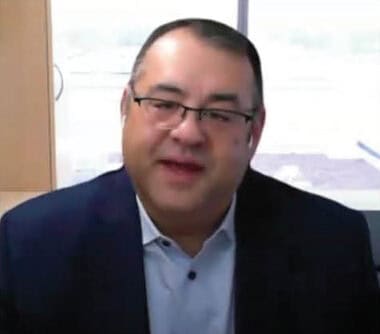
In operations and manufacturing, we can measure everything, but you want to make sure that you’re measuring those items that can lead to actions, whether it’s defects, outliers, and trends.
TO: To me, it’s always about placing talent and people intentionally. I see it almost like, I think, three bubbles. There’s this intersection of skills, passion in terms of what people want to do, and then what the organization needs and values. If we take the time to understand our individual team members, that intersection is where discretionary effort is born which leads to performing at our best.
PB: A few months ago you were on one of MLC’s Decision Compass calls. For those of you that may be watching this and not in the know, these are virtual working group meetings that we host.
You were discussing how Dow uses data to predict operational failure. Borrowing from that theme, how do you think the data can most easily be translated into action for manufacturers?
TO: First and foremost, I really think about measuring where it matters. In operations and manufacturing, we can measure everything, but you want to make sure that you’re measuring those items that can lead to actions, whether it’s defects, outliers, and trends. Early in my career a very experienced leader had mentioned to me one time and really gave me some great advice. He said, “Tim, manufacturing plants will whisper to you and let you know when something is not exactly right.”
And so our challenge is to really understand that and place a measurement system in place to detect the most probable failures in our facilities.
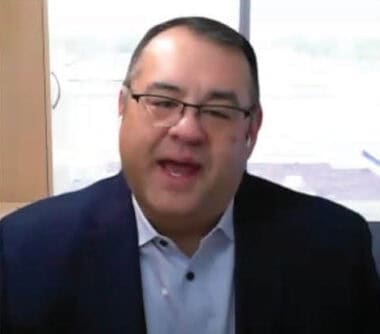
I believe in the future we will continue to see AI as a collaborative partner enhancing our capabilities and really helping us meet some of the dynamic challenges in changing marketplace in our manufacturing industry
PB: Borrowing some from that data theme, we’re hearing a lot of that from our members. It’s been an ongoing struggle to get data to a really usable format. But a lot of our members and the manufacturing community at large is really trying to get their data in shape to start using AI right? So you want to have that data in a good position to be able to feed into those algorithms and give you those actionable insights.
There’s a lot of discussion about that growing role of AI within manufacturing operations. Looking toward the future, do you see AI mostly staying in a role as strictly a digital tool? Do you see it becoming a collaborative team member? Or do you see it potentially moving into what might be considered a leadership role?
TO: First, we have a long history in our industry of AI in the early forms, if you think about machine learning, automation and optimization. However, we are in the earlier learning stages of our Generative AI journey. I see AI’s role in manufacturing and decision making as multifaceted, and it’s continuing to evolve.
We envision AI, not just as a digital tool, but an integral part of our team helping us drive efficiency and innovation. I believe in the future we will continue to see AI as a collaborative partner enhancing our capabilities and really helping us meet some of the dynamic challenges in changing marketplace in our manufacturing industry.
PB: Yeah, it’s an exciting time. And I’m really quite keenly interested to see where this all ends up going in the next 3, 5, 10 years. We’ll really see what happens there.
Talking again on that AI theme, MLC just in December, hosted our Future of Manufacturing Project event down in Orlando and we had an AI theme around that. And one of our panel discussions talked about how AI might impact decision making specifically. For example, where that decision is made such as within maybe a functional role, or why it was made based on the type of decision. What types of decisions do you think AI is going to end up influencing the most?
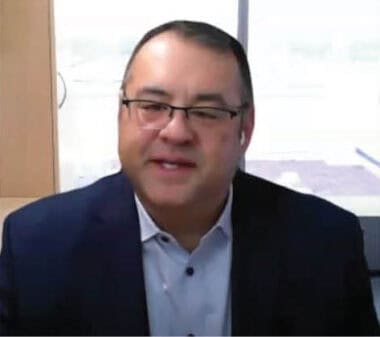
As long as we have reliable and governed data where folks understand that you have one source of truth, I believe that’s where we’ll have the best decision-making capabilities.
TO: I personally believe it’s limitless and I’ll go back to your statement regarding data. As long as we have reliable and governed data where folks understand that you have one source of truth, I believe that’s where we’ll have the best decision-making capabilities. And it could be structured or unstructured data, but I think where AI really will help us make decisions is to make those trends and make the data very visible and be much more quicker to analyze, so that we can make sound decisions.
For our teams, the early areas where we’re piloting this is really in plant reliability, where you can make decisions about taking equipment down and doing maintenance in a timely manner. And I think this is where AI can look at multiple pieces of data and maybe give us a quicker glance at what could potentially be a failure in our, in our manufacturing facilities.
PB: Well, Tim, thank you so much for your time today. We are, again, very happy to have you on our Board of Governors, in addition to all the other insights that you share with us and share with our members.
Thank you and we hope to see you again soon.
TO: Yes, absolutely. Thank you for the time, and I appreciate a chance to catch up.
PB: Thank you. M
About the Interviewer:

Penelope Brown is Senior Content Director for the NAM’s Manufacturing Leadership Council
